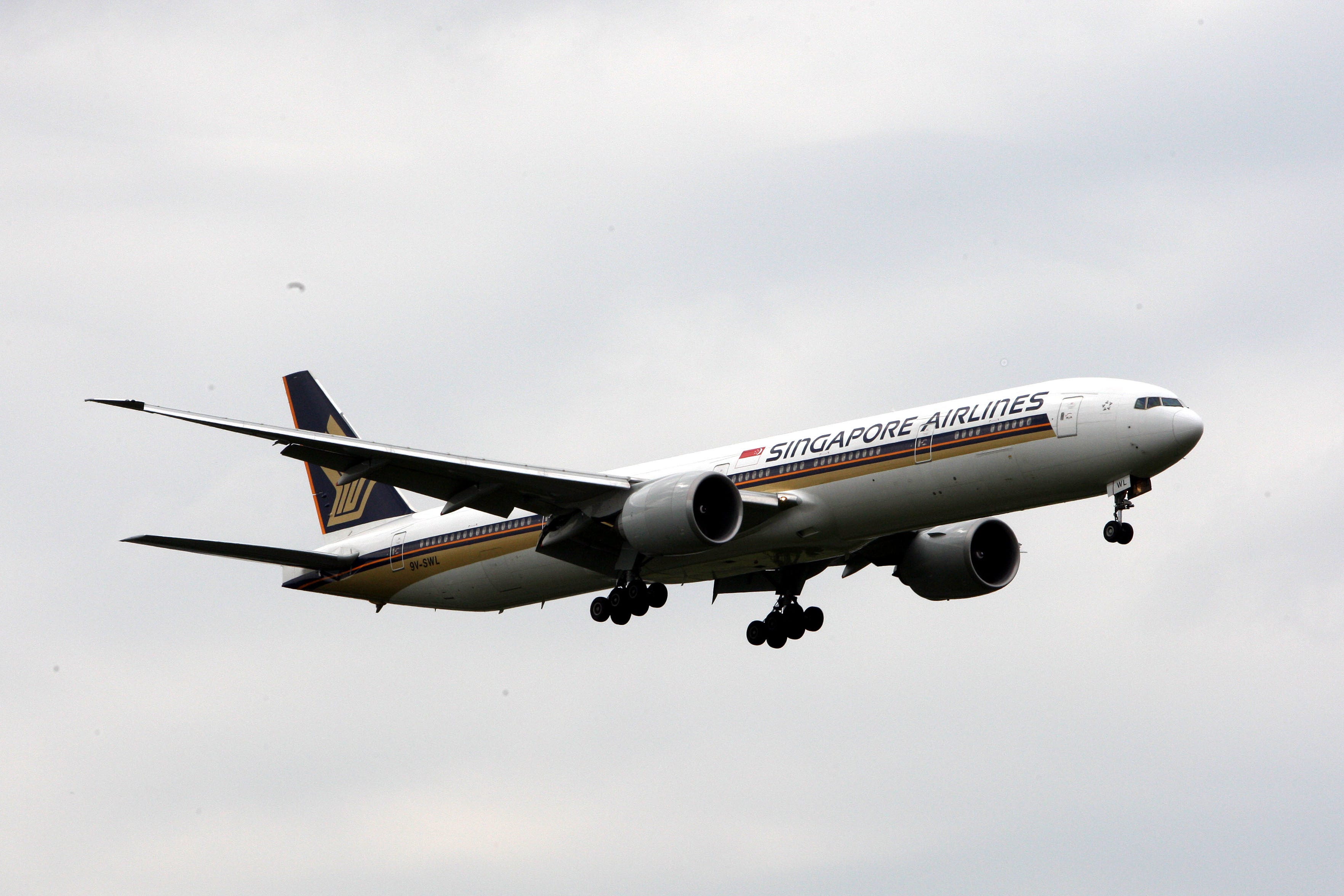Where should I base myself to see the 2026 World Cup?
Simon Calder answers your questions on the 2026 Fifa World Cup, single rail tickets, LNER’s strike, and getting a suitcase to Australia


Q Enthused by my trip to Euro 2024 in Germany, supporting England, I am now looking at the World Cup in 2026, which is being played in the US, Mexico and Canada. In Germany, I based myself in Cologne, which worked out well for the matches as well as sightseeing, etc. So, where do you recommend for 2026?
David B
A It is never too early to start planning travel to a big sporting event – and in terms of sheer scale, there has never been one as vast as the 2026 Fifa World Cup. Footballers will contest the greatest prize on the planet from 11 June to 19 July. As you will know, this is significantly longer than previous tournaments because the number of teams has risen from 32 to 48.
Most of the host cities are in the US, but Canada is represented by Toronto and Vancouver, and Mexico by Guadalajara, Mexico City and Monterrey. Looking at the ludicrous spread of matches, I think you have to choose from an east coast, west coast or Texan location.
On the east coast, New York City or its environs looks the place to be. East Rutherford (actually in New Jersey, but less than 10 miles from midtown Manhattan) is hosting the final, and plenty of matches before then. NYC has excellent rail connections to host cities Boston and Philadelphia, as well as Toronto if there’s a match there you want to catch. And of course the airports have excellent connections across North America. The catch is likely to be the high cost of accommodation.
On the west coast, I would plant myself in Seattle or Vancouver: both are host cities, and they are separated by a fabulous three-hour train ride. They also have well-connected airports.
Texas, though, really catches my eye. Of the two host cities in the Lone Star State, I prefer Houston to Dallas, and furthermore it is slightly closer to Monterrey in Mexico – the only one of the Mexican venues accessible easily overland from the US. Houston also has world-class tourist attractions, and even a seaside resort in the shape of Galveston. But Dallas has the advantage of hosting one of the two semi-finals (the other is in Atlanta).
In addition, Houston and Dallas have plenty of low-cost flights to other venues. So you will find me in Texas.

Q Why is a single rail ticket to a destination almost the same as a return when it’s half the journey?
Name supplied
A The answer is the fares structure that was “baked in” when the rail industry was privatised. Until the 1970s the only tickets for intercity journeys were expensive one-way and return fares. Then British Rail brought in “Saver” tickets valid for off-peak second-class returns.
Mark Smith, the international rail guru known as The Man In Seat 61, picks up the story: “It had the desired effect of stimulating traffic. But the ticket was often cheaper than the second-class open one-way fare. So in the off-peak any decent booking clerk would also sell Saver returns to passengers only going one way. Which was fine, except the booking clerk would then spend the next half-hour explaining to a bemused customer why they’d been sold a return when they’d only asked for a single.”
British Rail solved this by introducing a Saver single for £1 less than the Saver return. Why not simply half the Saver return, which is what is happening now? It appears that British Rail bosses did not want to discount one-way prices substantially because they were often used by people on business, such as delivering cars.
During privatisation, Saver returns for longer-distance routes became “regulated fares”, with increases limited by the government. Train operators could not increase these above inflation, and felt that simply lowering the single would lose them money. Thus the single being only £1 less than the return was perpetuated.
The Rail Delivery Group tells me: “Over the years, the industry has started to move away from this fare structure to a more single-ticket-based structure, notably by the introduction of advance fares and pay-as-you-go. It is true the previous fares structure still persists in parts.”
Everyone in the rail industry agrees that the present ticketing structure is ridiculously confusing. It puts off occasional travellers who believe, often correctly, that they will be ripped off because they don’t know how to find the best fare. Every government promises to reform the ticketing system, but none has done so. Let’s see if Labour has the courage and vision to get ticketing done.

Q Any chance of the LNER train drivers’ strike being called off?
Steve R
A It’s been a few months since I last tackled a question like this. In the wake of the nationwide pay agreement on 14 August between the new government and the train drivers’ union, Aslef, I fondly imagined we were in for a good few months without rail industrial action.
But less than 48 hours after that national deal was struck, Aslef announced 22 more days of strikes on Britain’s flagship railway, LNER. This state-run rail firm runs most of the intercity trains on the east coast main line connecting London King’s Cross with Yorkshire, northeast England and Scotland.
Aslef members working for LNER accuse the rail firm of “bullying by management and persistent breaking of agreements by the company”. Union members will walk out on 31 August and 1 September, when tens of thousands of holidaymakers will be trying to head home.
Strikes will continue every weekend up to 10 November 2024 – affecting many students hoping to return to university by train. Some passengers have already switched to flights or the open-access rail firms: Lumo, Grand Central and Hull Trains.
But the sheer scale of LNER means that any stoppage is certain to wreck many travel plans – and cause yet more financial damage to rail finances. Unfortunately, the two sides seem a very long way apart. Nigel Roebuck, Aslef’s full-time officer in northeast England, who leads negotiations with the rail firm, was hardly conciliatory when he said: “Relationships are toxic and the behaviour of LNER long ago snatched the crown off all the other bad actors of recent times.”
The rail firm adopts a fatalistic tone: “Our priority focus will be on minimising disruption to customers during the forthcoming Aslef strikes, which sadly will continue to cause disruption and delays.”
With rosters for the first weekend about to be finalised, the 31 August–1 September walkout looks very likely to go ahead. Were that to happen, LNER aims to run about half its normal trains on the core London-York-Newcastle-Edinburgh line, but little or nothing on other routes. I will be surprised if all 22 days of strikes run their course, but plenty of damage to public confidence and rail revenue has already been caused.

Q My son is moving to Australia, but is travelling on the way via Japan and Singapore. He needs an extra suitcase to be sent out to Australia. What is the best/cheapest option? Any advice is welcome.
Suzanne W
A There are plenty of commercial shippers who will typically charge around £200 for taking a case or large shipping box of up to 25 or 30kg from the UK to a reasonably accessible urban area in Australia. Because of the vast size of Australia, if your son happens to be moving to an Outback location, you can expect the cost to increase substantially. But the vast majority of people live within easy reach of one of the state capitals, and I surmise there is a good chance your son will be settling in such a location.
There are several ways to reduce the cost. Sending the possessions by sea will cost less than by air, but could take a couple of months. Another option is to talk to family or friends about whether anyone is heading for Australia and who will not using some or all of their checked baggage allowance. While some airlines, such as British Airways, charge for anything more than cabin baggage, other carriers are very generous: Singapore Airlines allows 30kg for every economy passenger, for example. And even if your son pays for a second piece of checked luggage on their ticket, the cost is likely to be significantly less than shipping the stuff. Assuming it contains only personal effects, clearing customs in Australia should be easy.
Should your son choose this option, he will need to be fastidious about two aspects. First, he must pack in the presence of the helpful bag carrier, who can then verify that they are fully aware of the contents for aviation security purposes. Second, he must observe the very stringent bio-security rules that Australia imposes and leave out food and animal products.
The other issue to consider: is there somewhere that your son’s baggage can be safely stored for free in Australia (for example, in a friend’s home)? If not, then it could be back to plan A, shopping around those commercial shippers.
Email your question to s@hols.tv or tweet @SimonCalder






Join our commenting forum
Join thought-provoking conversations, follow other Independent readers and see their replies
Comments